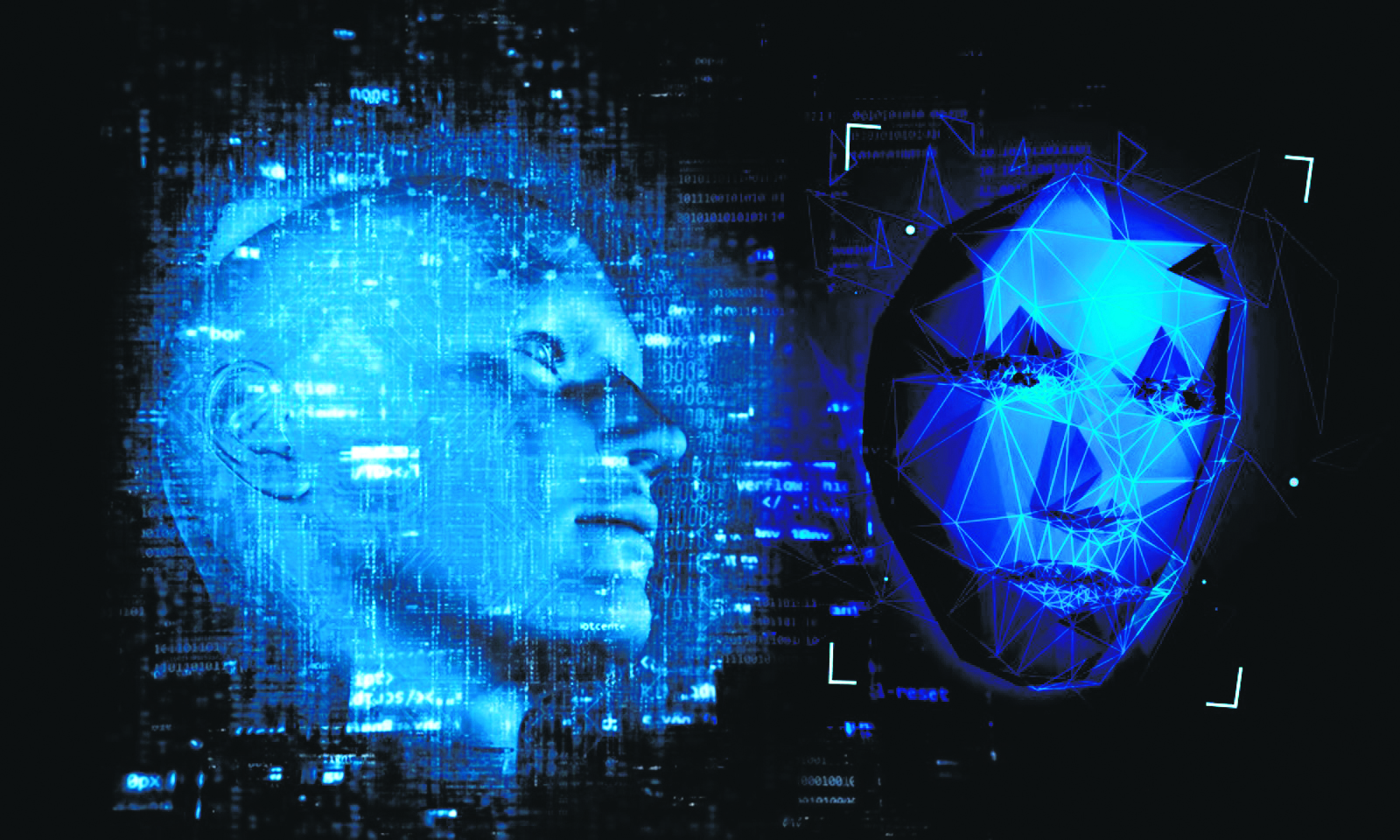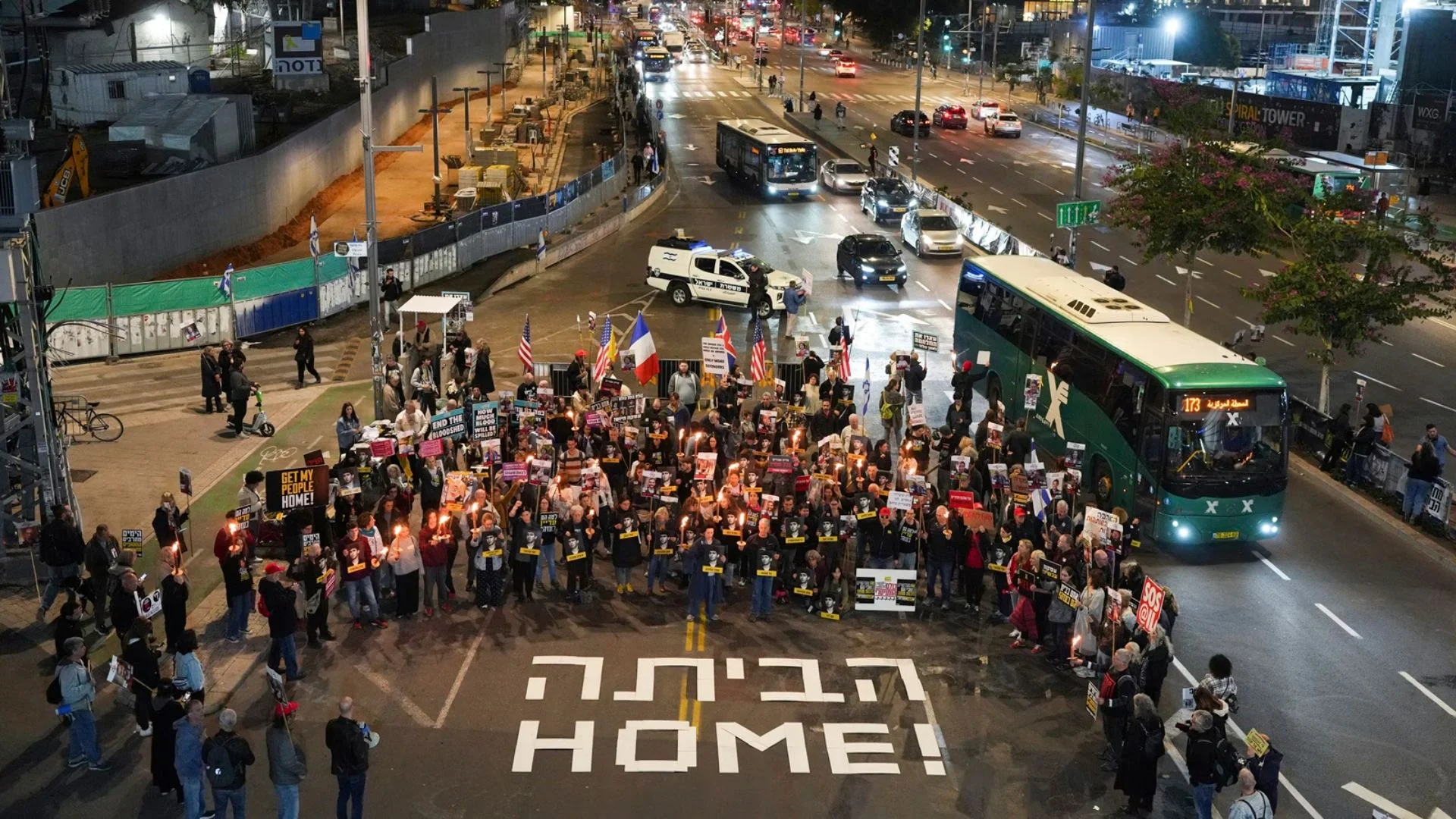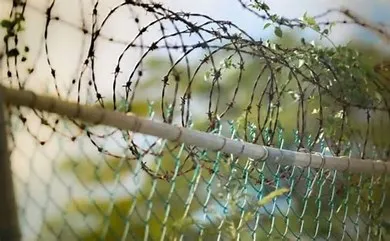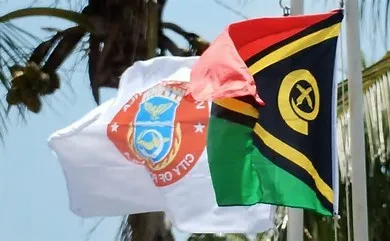In a world where seeing is believing, deepfake technology poses a unique threat, particularly in the political arena. The ability to clone voices and superimpose faces onto existing video clips has become a new tool in the arsenal of misinformation.
This is particularly concerning in a country like India, where internet consumption is high and digital literacy is varied. The rise of platforms like The Indian Deepfaker, offering personalized political ad campaigns, underscores this growing challenge.
The Indian Political Landscape and Deepfakes
Recent instances in Indian politics have highlighted the potential impact of deepfakes. In Madhya Pradesh, doctored video clips of Amitabh Bachchan were used to manipulate public opinion. Deepfake technology is not just a theoretical threat; it’s a reality that has already infiltrated the Indian political scene.
The Modi Scenario
Prime Minister Narendra Modi himself has called deepfakes one of the greatest threats facing the nation. His AI-generated videos singing in regional languages demonstrate how deepfakes can add a misleading layer of personalization and authenticity to political messaging.
The Challenge of Detection
The sophistication of deepfakes makes them particularly challenging to identify. Even cybersecurity experts acknowledge the difficulty in determining the authenticity of such content.
This complexity is compounded by the lack of awareness among Indian policymakers, many of whom are still coming to terms with the nature and implications of this technology.
The Political Battlefield
Deepfakes have opened a new front in electoral battles. Political parties are increasingly accusing each other of using deepfakes to manipulate public opinion. This use of technology has the potential to damage democratic institutions and undermine public confidence in the electoral process.
Mitigating Measures by Tech Companies
Tech giants are stepping up to combat the threat of deepfakes in elections. Microsoft, for instance, has introduced digital watermarks to help identify AI-generated content. Meanwhile, Meta (Facebook and Instagram) requires political ads to disclose the use of AI. These steps, while significant, are just the beginning of a long battle against digital misinformation.
The Global Legal Landscape
Globally, the legal framework to counteract deepfakes is still evolving. The US and the EU are at the forefront of this fight, with specific legislation and regulatory measures. However, a global consensus on regulating AI and deepfakes, particularly in the context of elections, remains a work in progress.
Conclusion
Deepfake technology in Indian politics and elections is a double-edged sword. While it offers innovative ways for political communication, its potential for misuse is immense.
The need of the hour is a concerted effort involving technological solutions, legal frameworks, and public awareness to safeguard the sanctity of democratic processes.
As we move towards more technologically driven elections, the challenge will be to maintain a balance between innovation and integrity.
Abhishek Anand is the founder of Skill Bud Technologies Pvt. Ltd., a tech company that specializes in Web 2.0, Web 3.0, NFT, Metaverse and digital marketing. He is also an Author, Speaker, Mentor and helps startups & businesses grow with technology.























